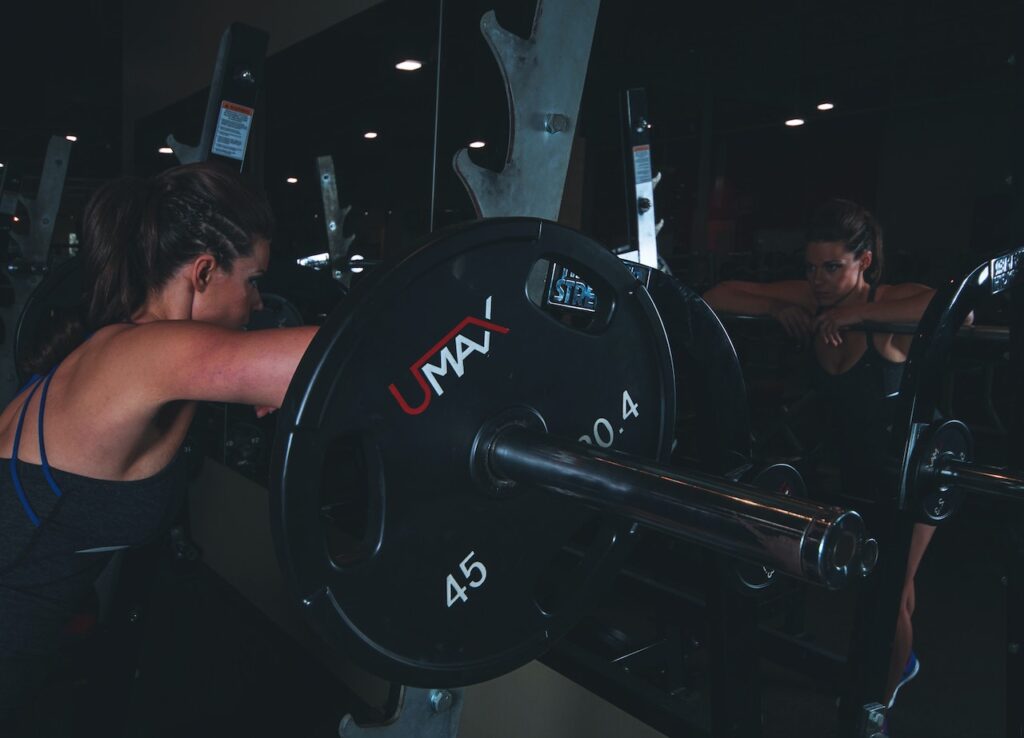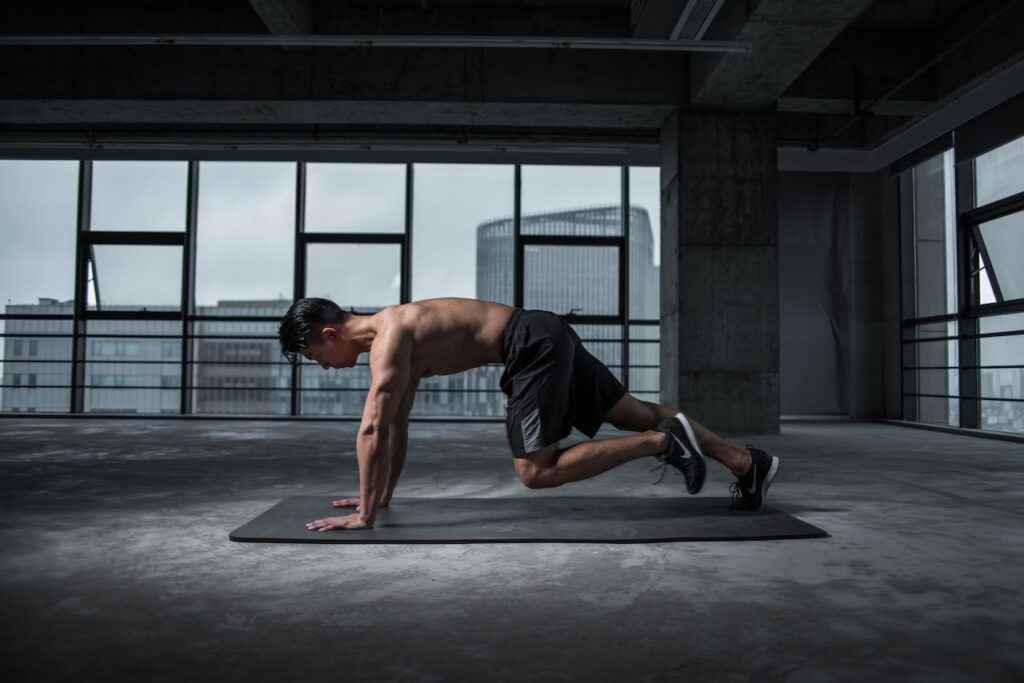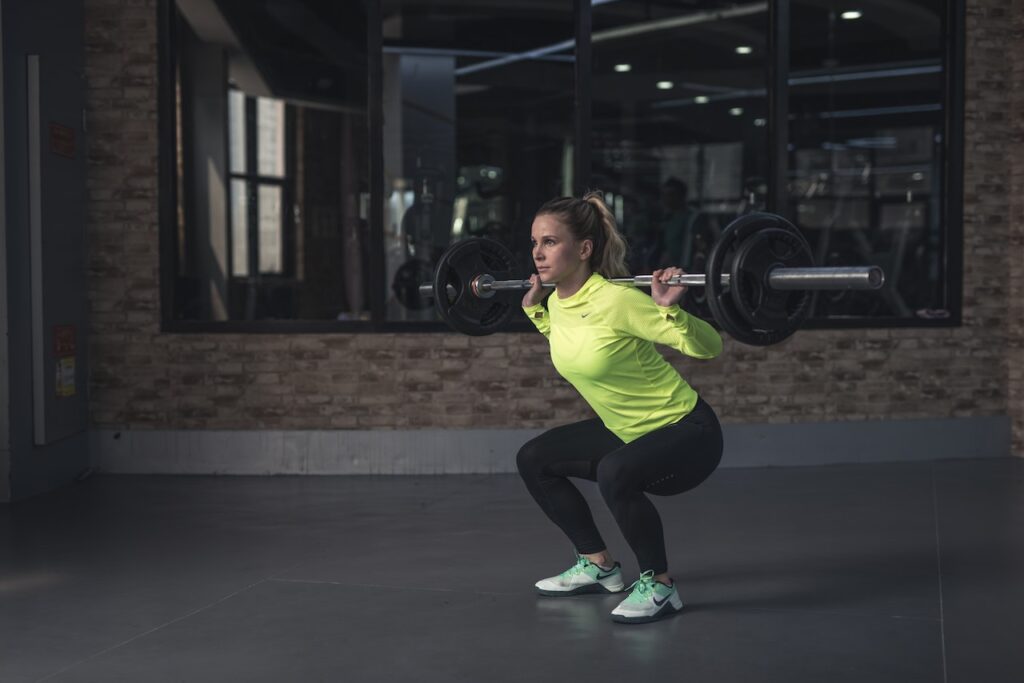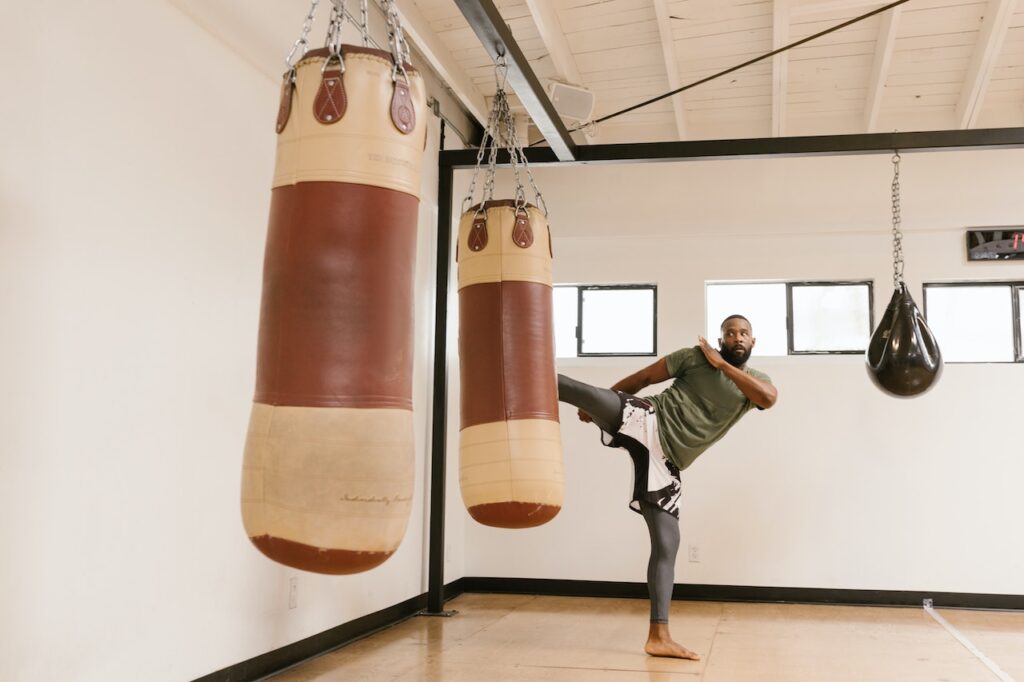Evaluating Your Space
The first step in converting your garage into a home gym is to evaluate the space you have available. The size of your garage will determine the kind and quantity of equipment you can comfortably fit, as well as the layout of your gym. Ensure you leave enough space for movement, especially for workout routines that require more floor area, like yoga or bodyweight exercises.
Space-saving solutions will be your best friend in this project. Consider foldable or multi-purpose workout equipment, wall-mounted storage, and vertical shelving to optimize your space.
Another important aspect to consider is ventilation and lighting. Natural light and fresh air can do wonders for your workout atmosphere, so if possible, try to incorporate windows or skylights. If your garage lacks natural light, a combination of general and task lighting can provide a well-lit workout area.
Read our article to choose the right home gym equipment for your needs.

Choosing the Right Equipment
Identifying your workout preferences and goals is crucial in choosing the right equipment for your home gym. Do you lean more towards cardio exercises, strength training, or a mix of both? Your equipment should reflect these preferences.
When it comes to home gym equipment for small spaces, consider compact but versatile options. Resistance bands, adjustable dumbbells, and foldable cardio machines like exercise bikes or rowing machines are excellent choices.
In terms of best home gym equipment, quality should always trump quantity. Instead of cluttering your space with various machines, opt for a few high-quality, durable pieces that will last you for years.
On a budget? No worries, affordable home gym setup ideas abound. Pre-owned equipment, basic free weights, or even bodyweight workouts can serve as the cornerstone of a budget-friendly home gym.
No gym equipment? No problem! Get started with bodyweight exercises.

Home Gym Flooring and Wall Protection
Flooring is a crucial but often overlooked aspect of a home gym setup. The right flooring not only protects your garage floor from heavy equipment and weights but also provides cushioning and grip for safe workouts. Rubber tiles or mats are a popular choice due to their durability and shock absorption. For wall protection, consider installing thick pads or plywood sheets in areas where weights might accidentally hit the wall.
Installation can be a DIY project if you’re handy, or you could hire a professional to ensure it’s done correctly. Remember, a small investment in proper flooring and wall protection can save you from costly repairs in the long run.
Limited space? Check out our clever space-saving ideas for your home gym.
Storage and Organization
Maintaining an organized space is key for safety and efficiency in your home gym. Effective and compact storage solutions can help you keep your workout area tidy, reducing the risk of tripping over equipment and making it easier to find what you need for each workout.
For small equipment like dumbbells, kettlebells, and resistance bands, consider using vertical storage like shelving units or pegboards. For larger pieces, dedicated storage racks or wall mounts can help save floor space and keep your gym tidy.

Creating an Inspiring Atmosphere
The atmosphere of your home gym plays a crucial role in your fitness motivation. A well-designed, inviting space can make your workouts more enjoyable and motivate you to keep up with your routine.
Consider the aesthetics of your gym – a fresh coat of paint in a color you love, motivational posters, or even a wall-mounted mirror can make the space more appealing. Comfort is also crucial – a quality sound system for your workout playlist, adequate lighting, and temperature control can make your workouts more enjoyable.
Struggling with consistency? Read our tips on staying motivated.
Safety Guidelines and Maintenance
It’s vital to ensure that your home gym adheres to safety guidelines. This includes securing any heavy equipment to avoid accidents, ensuring the workout area is well-lit and ventilated, and keeping emergency numbers and a first aid kit nearby.
In terms of maintenance, regular inspection and cleaning of your equipment are necessary to keep it in good working order. This can be as simple as wiping down machines after use to prevent corrosion from sweat or regularly checking for any wear and tear on equipment.

